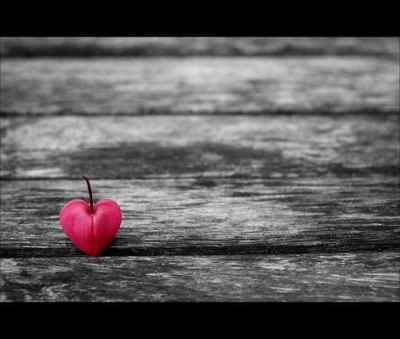Next month, I turn 59. I’ve reached the stage when I appreciate it if people think I’m younger. One of Emily’s college friends was recently surprised to find out I am not in my mid-40’s. This felt very good.
But twice this past week, I was mistaken as eligible for a senior price break—meaning 65 or older. Now, I’m sure the guy (both times about 30-something, must have guessed I was his mother’s age) thought he was doing me a favor. And both times, the guy made an assumption without asking.
 At first, I thought it was just a fluke. The second time, I was really annoyed—insulted and perturbed. What is it about me that gives the impression I’m already a “senior”? (Of course, there is a corollary—if I look like a senior, that’s bad. More on this in a moment.)
At first, I thought it was just a fluke. The second time, I was really annoyed—insulted and perturbed. What is it about me that gives the impression I’m already a “senior”? (Of course, there is a corollary—if I look like a senior, that’s bad. More on this in a moment.)
The first time, while Al was out of town, I went to the movies by myself on a Saturday night to see director Michael Haneke’s award-winning Amour, a poignant, brutally frank portrait of an elderly Parisian couple whose cultured life unravels as the wife succumbs to a series of strokes. Maybe it was because I was going to a film about aging, maybe because I was alone, I don’t know, but the cashier automatically gave me the three dollar senior discount.
Initially I thought I somehow got a matinee price, which made no sense. Then I realized his mistake. Irked and a bit bemused, I decided to keep the discount. If he was going to size me up so inappropriately, I reasoned, I wasn’t about to shell out three more dollars to correct him.
I’d forgotten the incident by end of the week. Then, the same thing happened. I was at a national writer’s conference in Boston on Friday, having gotten there in a major snow storm and just made it to the registration booth in the cavernous Hynes Convention Center minutes before the first session was to begin. One of the conference staff guided me from the short queue to one of several empty stations. But this one was specifically for seniors. And this time, I spoke up loudly.
“I am not a senior citizen!”
“That’s okay,” he said, “it doesn’t matter.”
Well, it mattered to me. Much as I would have liked the steep discount in the admission price, there is no way I would have tried to finagle a lower fee, even if they hadn’t required proof.
Later, when Al picked me up from the train, I recounted my experience. He laughed.
“It’s not funny!” I protested. “This is when you’re supposed to tell me I don’t look a day over 30.”
“I was thinking you should have tried to get the discount,” he said, still smiling to himself.
I was not amused.
Several days later, I still feel the sting of mistaken identity. Scleroderma has aged me—fewer wrinkles in my forehead and around my eyes than most women in their late 50’s, but deep grooves around my mouth. Usually I’m no longer self-conscious about this, but the week’s events felt like a slap.
At the same time, I’m also questioning my angry reaction to the idea that I might look older than I am. It’s a cultural, ingrained bias: by definition, older women look ugly and undesirable. Not anything true. Ugly, of course, in our society, means diverging from youthful perfection. Which is why scleroderma is such a cruel disease for women, in particular.
But aging, in and of itself, is the natural order of life. And it brings its own kind of beauty. Yes, I’m trying to convince myself as I write, but I actually do believe this more and more, though it’s been hard to accept the physical transformation as my estrogen supply has dwindled.
I don’t dye my hair because I like the way my dark, dark brown is now shot through with silver—salt-and-pepper like both of my parents. I’m still fairly trim and spry for my age and, especially, my medical challenges. I dress as well as I am able. I’m mostly comfortable in my own skin, abnormal as it may be.
That level of self-acceptance is the true source of beauty. I’ve always admired older women who take care of themselves and radiate wisdom, compassion and clarity. It gives them an amazing inner glow. That’s my goal, in any case.
But I’m not fully in synch. Scleroderma has accelerated my biological clock, so my world experience hasn’t fully caught up with my body’s aging.
This is how I sum up my decades, so far:
In my twenties, I thought I had all the answers.
In my thirties, I realized I didn’t.
In my forties, I realized it didn’t matter.
In my fifties, I’ve been putting it all back together.
So my sixties should be great. Just don’t rush me.
Photo Credit: Portrait of an Unidentified Woman, Studio of Matthew Brady, c 1844-1860, Library of Congress PPOC
Evelyn Herwitz blogs weekly about living fully with chronic disease, the inside of baseballs, turtles and frogs, J.S. Bach, the meaning of life and whatever else she happens to be thinking about at livingwithscleroderma.com.



